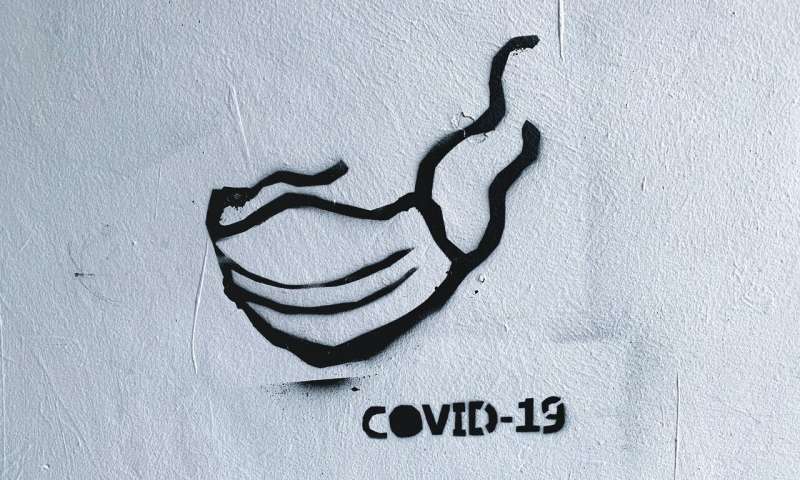
Portugal, currently feeling the full force of its third wave of the coronavirus pandemic, has appealed for international help to relieve overwhelmed hospital staff.
Prime Minister Antonio Costa has acknowledged that the nation’s hospitals are under “gigantic pressure”.
The government acted after the country’s 24-hour death toll passed the 300-mark and television stations broadcast pictures of ambulances queueing up outside Lisbon’s largest hospital.
The socialist administration confirmed late on Monday it had accepted an offer of help from Germany, after an announcement from Berlin that they were sending medics, 150 field hospital beds and respiratory machines.
Portugal is “in a particularly dramatic situation,” said German Defence Minister Annegret Kramp-Karrenbauer. “In such times, solidarity in Europe is indispensable.”
Austrian Chancellor Sebastian Kurz said over the weekend that they were willing to take patients into their intensive care units, and the western Spanish region of ExtraMadura, which borders Portugal, offered its help Tuesday.
And the EU’s crisis commissioner Janez Lenarcic said in a tweet that they were “closely following the critical situation” in Portugal and stood ready to help if requested.
Leaving aside low-populated microstates, Portugal is the country that has been hardest hit by the coronavirus over the pasts two weeks in terms of the death rate.
Over the past week, for example, Portugal—a country of 10 million inhabitants—recorded 20 deaths a day per 100,000 inhabitants.
‘Gigantic pressure’
The coronavirus death toll in Portugal stands at nearly 13,000—but more than 5,500 of them died in January.
Lisbon’s Santa Maria hospital, one of the two largest in the country, took in another 333 patients on Tuesday out of a total of 350 beds allocated for COVID-19 sufferers. But there are only six places free in the intensive care unit.
Another hospital serving the Amadora and Sintra districts in the suburbs of the capital, has had to tend with a loss of pressure in its crucial oxygen distribution system, which has struggled with the surge in demand.
At one point last week, the hospital had a record 363 COVID patients being treated at the same time—three times the maximum capacity stipulated by its contingency plan.
They had to use portable oxygen bottles for around 150 patients put on ventilation and more than a hundred of them had to be rushed to other hospitals for treatment.
But that only worsened the overcrowding at Santa Maria hospital, which had to institute a pre-triage system to manage the increasing flow of patients.
Admitting the most critical patients, they sent the others to health care centres for treatment.
‘Positive signs’
The authorities are nevertheless reporting signs that the worst might be over.
On Tuesday, the country’s health directorate reported less than 6,000 new cases for the second day running, which has not happened since January 5.
At the same time, the total number of people hospitalised with coronavirus, fell to 6,775, of whom 852 were in intensive care.
Spared by the first wave of the virus last year, Portugal struggled to contain the second wave, restricting itself to partial lockdowns.
But after restrictions were eased over Christmas, the more infectious—and possibly more deadly—English variant of the virus arrived.
By mid-January, faced with a surge in cases, the government was forced to announce a second lockdown, closing schools a week later.
“Portugal is now the worst country in the world,” virologist Pedro Simas of Lisbon’s Institute of Molecular Medicine told AFP. “But we are already seeing signs of improvement.
The third wave hit the country with the daily infection still too high from the second wave, he said.
Source: Read Full Article